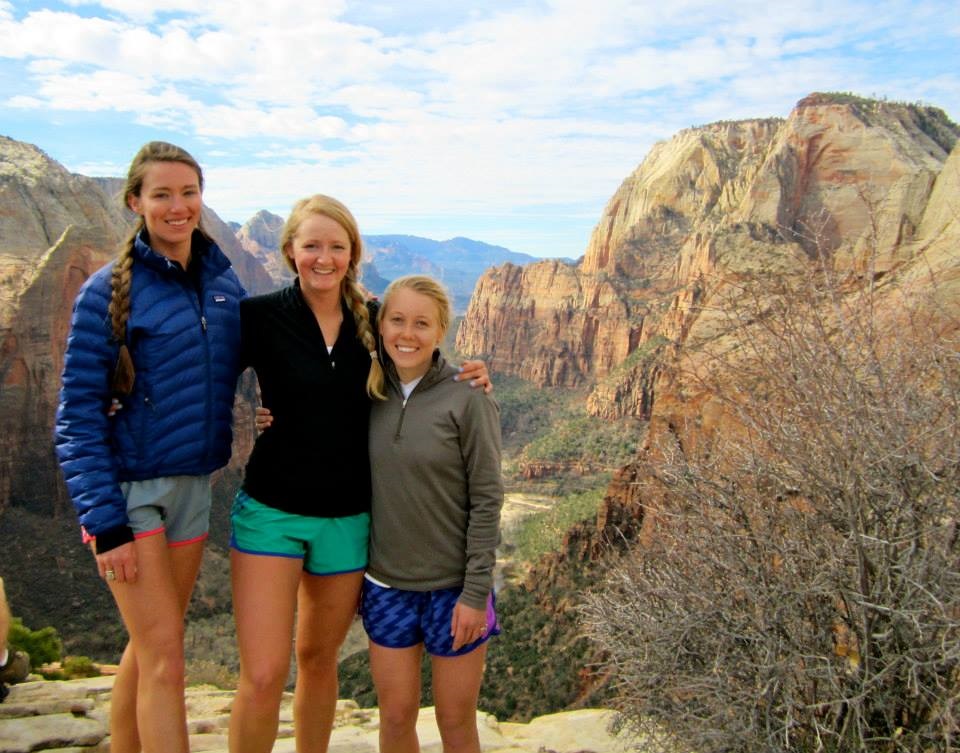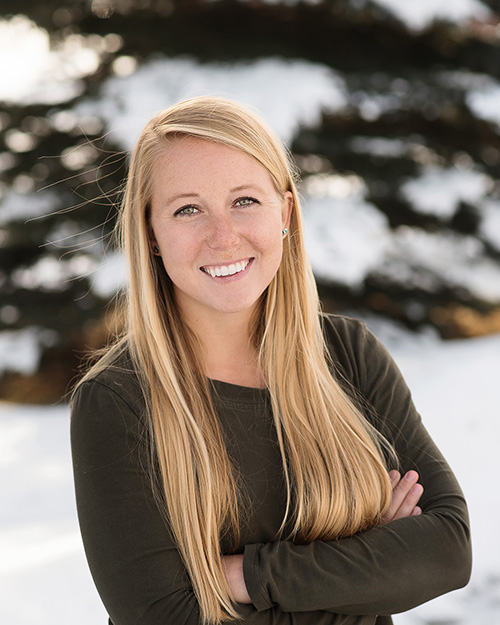Three college girls crammed into a rusty old Jeep filled with sleeping bags, hiking boots, and enough granola bars to keep us alive for a week in the Utah desert. We sped south, and white tipped mountains eventually gave way to a seemingly endless expanse of red dirt as the thermometer inched its way up in the desert sun. We started to see signs directing us to Zion National Park, but only a flat landscape filled the dusty windshield. Where were the legendary red cliffs that filled the glossy pages of National Geographic?
Seemingly out of nowhere, we found ourselves in a moonscape. Navajo sandstone mounds surrounded us, as if we were passengers in a tiny lifeboat floating through a red ocean of rolling waves. We pulled past the sign welcoming us to Zion National Park and out of the sun into the Mount Carmel Tunnel, a mile long tunnel drilled through one of the stone mounds. Slightly disoriented by the sudden darkness, I could feel us start to lose altitude. We began to pass the tunnel windows opening to the canyon hidden to us in our approach. Each window was a split second snapshot into the heart of Zion. Click. A glimpse down thousands of sheer feet to the winding river below. Click. Towering cliffs connecting the sky and earth in bands of red and white rock. Click. A waterfall crashing to the distant ground. Click. Darkness.
The tunnel wound down into the canyon, where the Virgin River had for centuries worn down the southern Utah sandstone, expertly crafting the cathedral walls framing the canyon floor. Here, nature’s artistry had cut a stark gash into the flat surroundings. We stuck our heads out the sunroof, stunned to silence in reverence for our surroundings.
I’ve been lucky enough to play in some of the United States’ best landscapes, but never before have I been as awestruck by a view as I was by my first glimpse of Zion.
We spent the next days scrambling over the park’s famous rocky landscape. Our calves ached in exasperation over the miles they’d trekked as we’d settle into our campsite after a day of exploring, scarfing down burritos around a campfire as the last rays of sun lit the canyon walls bright red. They were the days where you couldn’t help but feel alive, completely invigorated by the wonders the world was kind enough to let us experience.
As we celebrate National Park Week, I can’t help but reminisce about that trip and the profound impact it had on me. National parks conserve some of our most beautiful landscapes, and provide the opportunity to get face-to-face with nature. These places remind us of the power of our natural world, and yet our actions hold tremendous consequence in the wellbeing of these wonders.
I want my children and their children to be able to lose themselves and forget the problems of the world when they hang their heads out the car window to soak in the grandeur of Zion National Park just like I did. I want them to scramble over rocks and swap stories around the campfire. I want our nation’s crown jewels to stay as awe-inspiring as they were the day they were founded. As we mark National Park Week and the National Park Service’s Centennial, let’s remember just why we love these parks so much and continue to seek ways to conserve them for future enjoyment.




